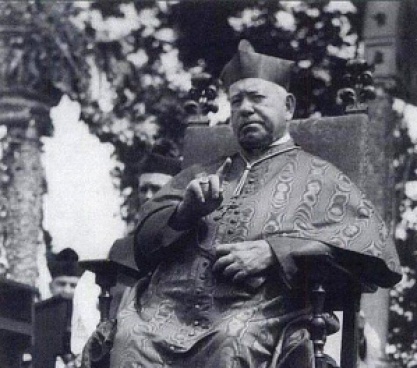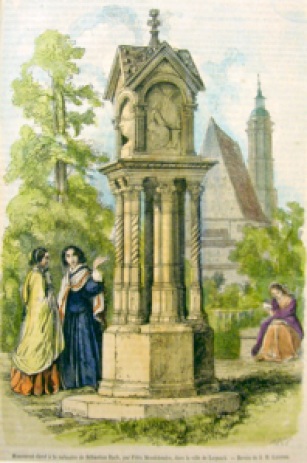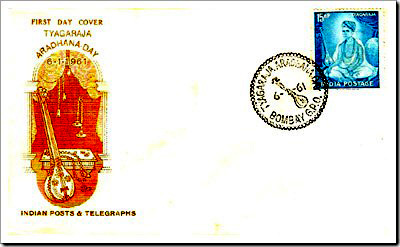In 1823 Louis Spohr’s article “Aufruf an deutsche Komponisten” appeared in Allgemeine Musikalische Zeitung. He wrote it to encourage young German composers to contribute to the genre of German opera, but he may have had other intentions as well.
Spohr was determined to promote his latest opera, Jessonda, which he mentioned as a model for his ideas of German opera—but a closer look at that work reveals that Spohr did not think along nationalist lines. In a way its dramaturgy depicts Kant’s definition of Enlightenment and aims at a united and enlightened mankind; so did the composer in his personal life.
Indeed, Spohr’s liberal and enlightened ideas are so prominent in his operas that they became increasingly neglected in the 1870s, when chauvinistic tendencies became more widespread. This development culminated in the 1940s, when the Nazis banned Jessonda from the German stage. As Spohr’s original resisted attempts to align it with the Nazi idea of German opera, the Reichsstelle für Musikbearbeitungen commissioned an amended version; the end of World War II curtailed this effort.
This according to “Zwischen nationalem Anspruch und lokalpolitischen Zwangen: Entstehungs- und Rezeptionsbedingungen der Kasseler Opern Louis Spohrs” by Wolfram Boder (Studia musicologica LII/1–4 [March 2011] pp. 311–321).
Today is Spohr’s 230th birthday! Above, the composer’s self-portrait; below, some excerpts from Jessonda.











